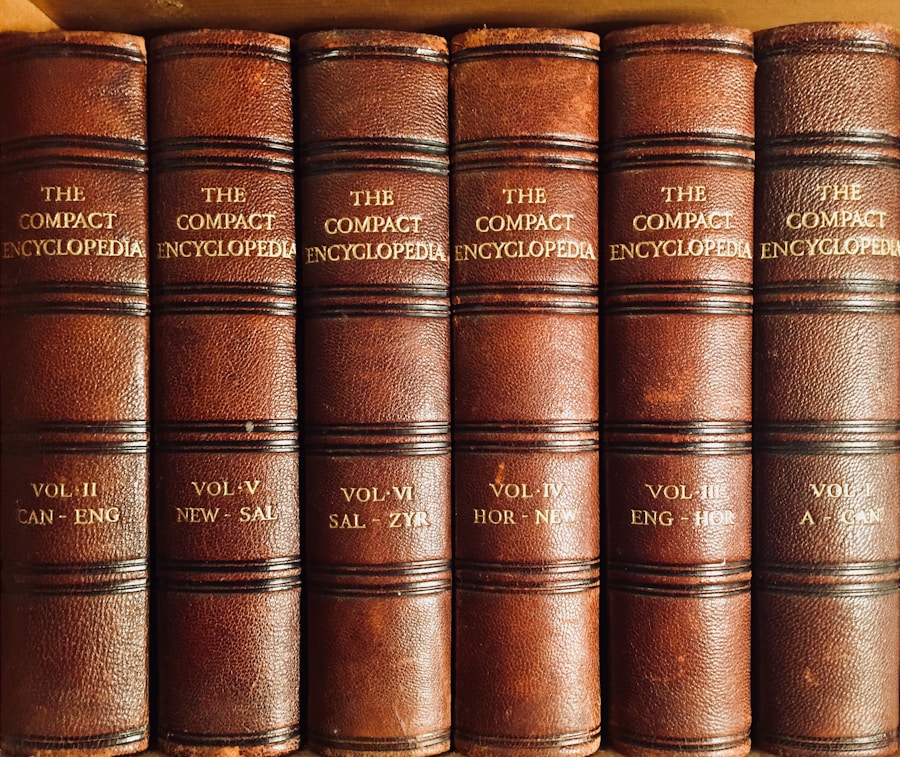Correlation is a statistical measure that expresses the extent to which two variables are linearly related. In the realm of research, understanding correlation is crucial as it provides insights into the relationships between different phenomena.
Correlation helps in quantifying the degree to which changes in one variable might be associated with changes in another. This relationship can be positive, negative, or nonexistent, and it is typically represented by a correlation coefficient, which ranges from -1 to +1. A coefficient close to 1 indicates a strong positive correlation, while a coefficient close to -1 indicates a strong negative correlation.
A coefficient around 0 suggests no correlation. The concept of correlation is foundational in various fields, including psychology, economics, and health sciences. For instance, in psychology, researchers might explore the correlation between stress levels and academic performance among students.
By analyzing data collected from surveys or academic records, they can determine whether higher stress levels are associated with lower grades. This understanding can lead to further investigations into the underlying causes of stress and its impact on learning outcomes. Thus, correlation serves as a preliminary step in research that can guide more complex analyses and experiments.
Key Takeaways
- Correlation measures the strength and direction of the relationship between two variables in a study.
- Types of correlation include positive, negative, and zero correlation, indicating the direction and strength of the relationship.
- Correlation is important in research as it helps to identify patterns and relationships between variables, leading to a better understanding of the topic being studied.
- It is important to note that correlation does not imply causation, as there may be other factors at play influencing the relationship between variables.
- Examples of correlation in studies include the relationship between smoking and lung cancer, or the correlation between exercise and mental health.
Types of Correlation in Studies
Correlation in Research: Understanding Types and Strength
Correlation is a crucial concept in research, enabling researchers to identify relationships between variables. There are several types of correlation, each serving distinct purposes and providing unique insights into the data.
### Types of Correlation
The most common types of correlation include positive correlation, negative correlation, and zero correlation. Positive correlation takes place when an increase in one variable corresponds with an increase in another variable. For instance, a study examining the relationship between hours studied and exam scores may reveal a positive correlation, as students who dedicate more hours to studying tend to achieve higher exam scores. On the other hand, negative correlation describes a situation where an increase in one variable leads to a decrease in another. A classic example is the relationship between physical activity and body weight, where an increase in physical activity may lead to a decrease in body weight. Zero correlation, meanwhile, indicates no discernible relationship between the two variables, such as the lack of correlation between shoe size and intelligence.
### Understanding Correlation Strength
Another vital aspect of correlation is its strength, which can be categorized as weak, moderate, or strong based on the correlation coefficient’s value. A strong correlation suggests that the variables move closely together, while a weak correlation indicates that they do not have a consistent relationship. This classification helps researchers gauge the reliability of their findings and informs subsequent analyses or interventions. By understanding the types and strength of correlation, researchers can draw meaningful conclusions and make informed decisions.
Importance of Correlation in Research

The significance of correlation in research cannot be overstated; it serves as a vital tool for hypothesis generation and testing. By identifying correlations among variables, researchers can formulate hypotheses that can be further explored through experimental designs or longitudinal studies. For instance, if a researcher finds a strong positive correlation between social media usage and feelings of loneliness among adolescents, this observation can lead to hypotheses about the impact of social media on mental health.
Such hypotheses can then be tested through controlled experiments or qualitative studies. Moreover, correlation analysis aids in identifying potential confounding variables that may influence the relationship between the primary variables of interest. For example, if researchers are studying the correlation between exercise frequency and mental well-being, they must consider other factors such as diet, sleep quality, and social support that could also affect mental health outcomes.
By recognizing these confounding variables, researchers can refine their analyses and draw more accurate conclusions about the relationships they are investigating. In addition to hypothesis generation and confounding variable identification, correlation plays a crucial role in predictive modeling.
For instance, businesses often analyze the correlation between advertising spend and sales revenue to determine how effectively their marketing strategies are driving sales. This predictive capability allows organizations to make informed decisions based on empirical data rather than intuition alone.
Correlation vs Causation
One of the most critical distinctions in research is the difference between correlation and causation. While correlation indicates a relationship between two variables, it does not imply that one variable causes changes in another. This misunderstanding can lead to erroneous conclusions if researchers fail to recognize that correlation does not equate to causation.
For example, a study may find a strong positive correlation between ice cream sales and drowning incidents during summer months; however, this does not mean that buying ice cream causes drowning incidents. Instead, both variables are influenced by a third factor—warm weather—which increases both ice cream consumption and swimming activities. To establish causation, researchers must conduct more rigorous studies that control for confounding variables and employ experimental designs where possible.
Randomized controlled trials (RCTs) are often considered the gold standard for establishing causal relationships because they allow researchers to manipulate one variable while controlling for others. For instance, if researchers want to determine whether a new educational intervention improves student performance, they could randomly assign students to either receive the intervention or continue with standard instruction. By comparing outcomes between these two groups while controlling for other factors like socioeconomic status or prior academic achievement, researchers can draw more reliable conclusions about causation.
Additionally, longitudinal studies can provide insights into causal relationships by tracking changes over time. For example, researchers might conduct a longitudinal study examining the impact of childhood nutrition on adult health outcomes. By following participants from childhood into adulthood and collecting data on their dietary habits and health status at multiple points in time, researchers can better understand how early nutrition influences later health outcomes.
Examples of Correlation in Studies
Numerous studies across various disciplines illustrate the concept of correlation and its implications for research findings. In public health research, one notable example is the correlation between smoking rates and lung cancer incidence. Numerous epidemiological studies have demonstrated a strong positive correlation between these two variables; as smoking rates increase within a population, so do lung cancer cases.
This correlation has been instrumental in shaping public health policies aimed at reducing smoking prevalence through education and regulation. In education research, another compelling example is the relationship between socioeconomic status (SES) and academic achievement. Studies consistently show that students from higher SES backgrounds tend to perform better academically than their lower SES counterparts.
This positive correlation has prompted educators and policymakers to explore interventions aimed at closing the achievement gap by providing additional resources and support to disadvantaged students. In environmental science, researchers have examined the correlation between carbon dioxide levels in the atmosphere and global temperatures over time. Data collected from ice cores and atmospheric measurements reveal a strong positive correlation; as carbon dioxide levels rise due to human activities such as fossil fuel combustion, global temperatures also increase.
This finding has significant implications for climate change policy and underscores the importance of reducing greenhouse gas emissions to mitigate global warming.
How to Interpret Correlation in Research

Understanding the Context of the Study
Researchers must consider the specific variables being analyzed and their relevance to the research question at hand. For instance, a high positive correlation between two variables may suggest a meaningful relationship but could also be influenced by external factors or biases inherent in the data collection process.
Assessing the Sample Size and Visualizing Correlations
Researchers should assess the sample size used in their analysis; larger sample sizes generally provide more reliable estimates of correlation coefficients than smaller ones due to reduced variability and increased statistical power. A small sample size may yield misleading results that do not accurately reflect the true relationship within a larger population. Furthermore, it is essential to visualize correlations through scatter plots or other graphical representations to better understand the nature of the relationship between variables. Visualizations can reveal patterns that may not be immediately apparent from numerical data alone; for example, a scatter plot may show a linear relationship or indicate potential outliers that could skew results.
Avoiding Overgeneralization and Considering Broader Context
Lastly, researchers must remain cautious about overgeneralizing findings based solely on correlation without considering other evidence or conducting further analyses. Correlation can provide valuable insights but should always be interpreted within a broader context that includes theoretical frameworks, existing literature, and potential confounding factors that may influence observed relationships. By adopting a comprehensive approach to interpreting correlations in research, scholars can draw more nuanced conclusions that contribute meaningfully to their fields of study.
If you are interested in understanding the importance of markup languages in the digital world, you may want to check out this article on Understanding Markup Languages: An Overview. This article provides a comprehensive overview of different types of markup languages and their significance in web development. Understanding how markup languages work can help you better interpret and analyze data, which is crucial when studying correlations between different studies.
FAQs
What is the meaning of correlation of studies?
Correlation of studies refers to the process of analyzing and comparing the results of multiple research studies to identify patterns, relationships, and inconsistencies across different studies on the same topic.
What are the types of correlation of studies?
There are two main types of correlation of studies: positive correlation and negative correlation. Positive correlation occurs when the results of one study support the findings of another study, while negative correlation occurs when the results of one study contradict or oppose the findings of another study.
What is the value of correlation of studies?
Correlation of studies is valuable because it helps researchers and decision-makers to identify trends, gaps, and areas of consensus or disagreement in the existing body of research on a particular topic. This can inform future research, policy decisions, and practical applications in various fields.






















+ There are no comments
Add yours